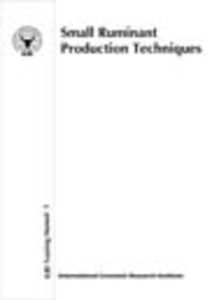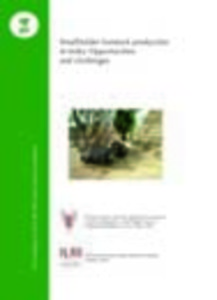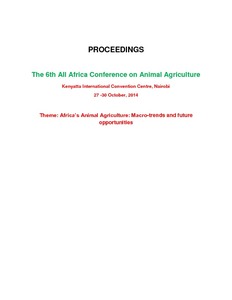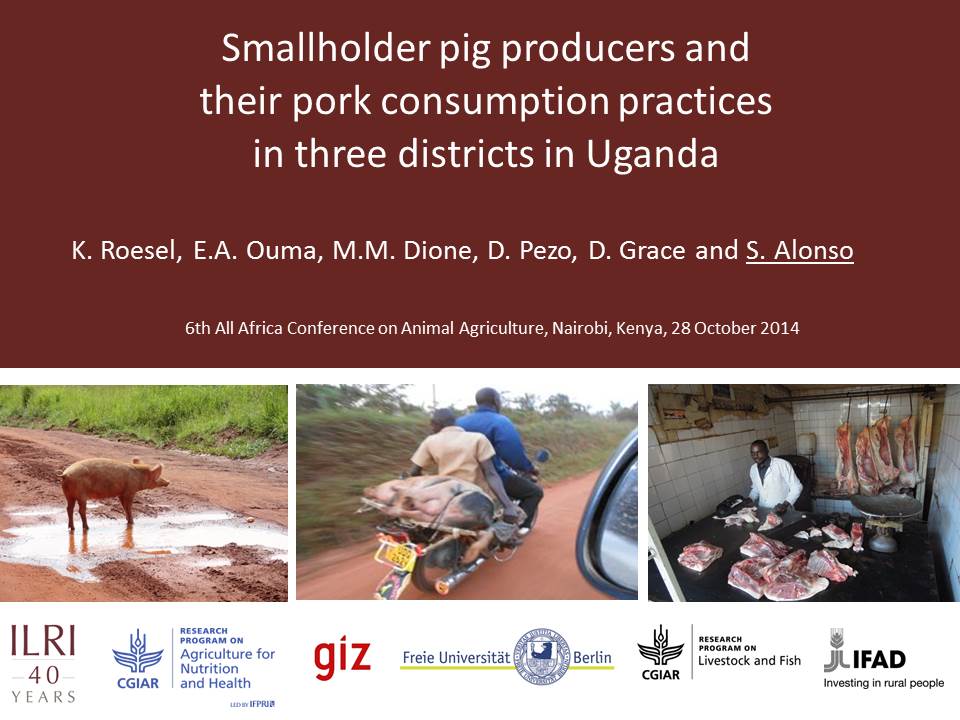Small ruminant production in tropical Africa
Study of sheep and goat production in tropical Africa, particularly animal numbers and production systems and regional geographic distribution & productivity potentials, w. outline of the need for future research on their potential performance under improved systems; data on adult body weight & production purposes; reproductive traits and mortality rates of small ruminants incl. price differences between mutton or goat meat and beef.












